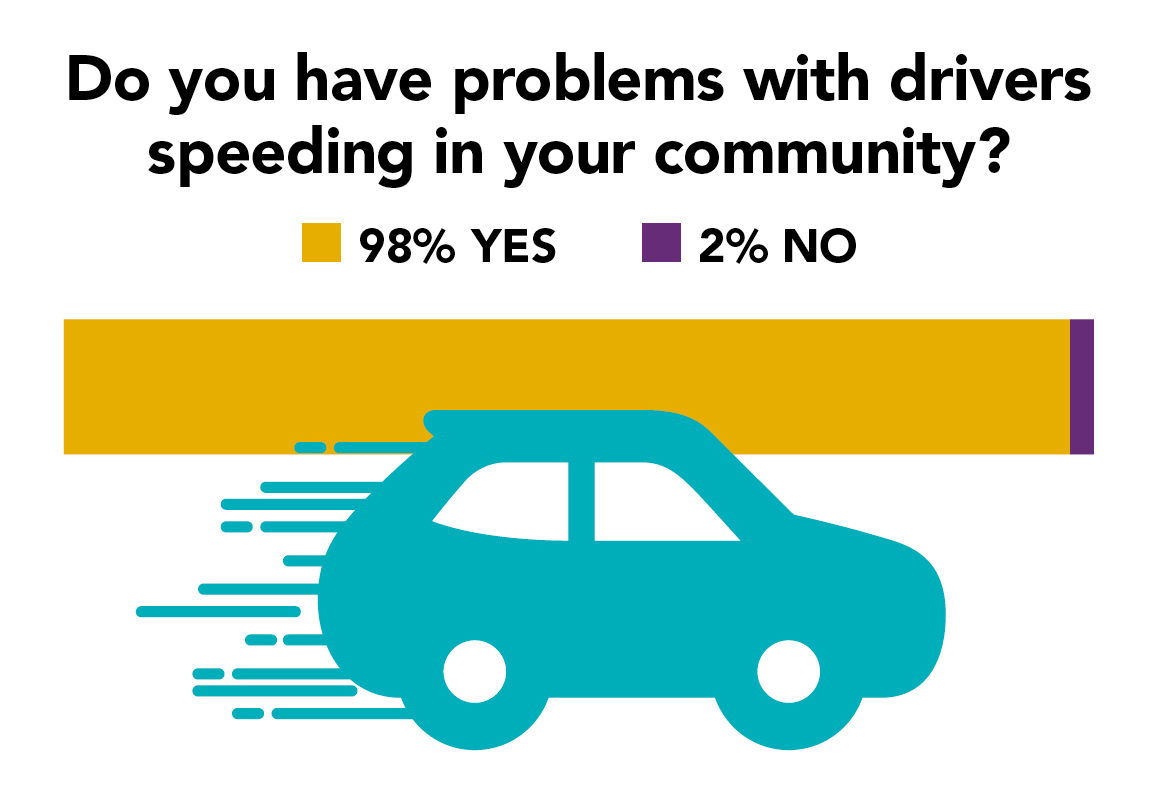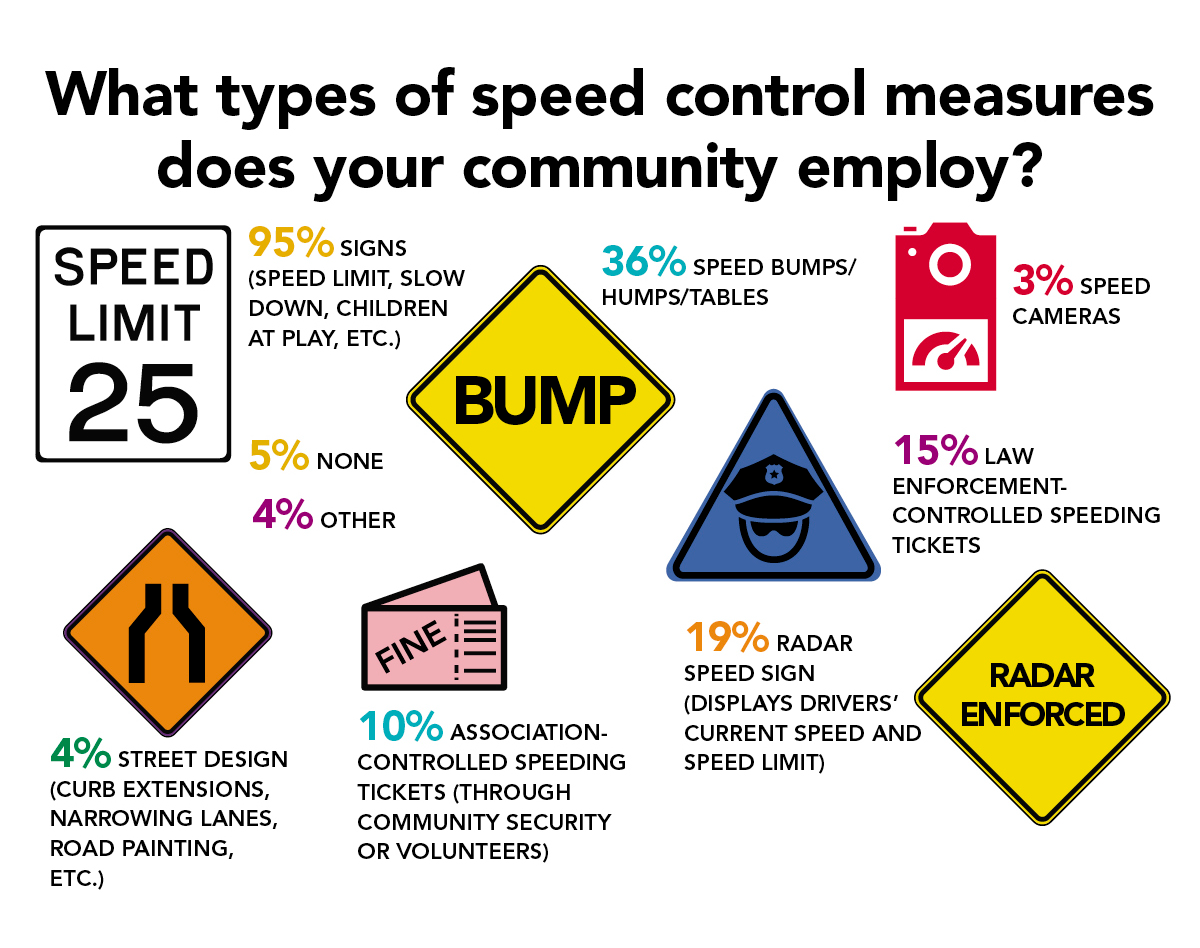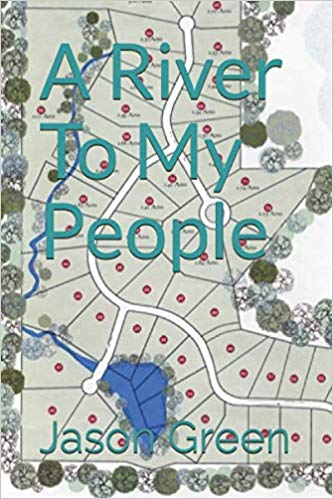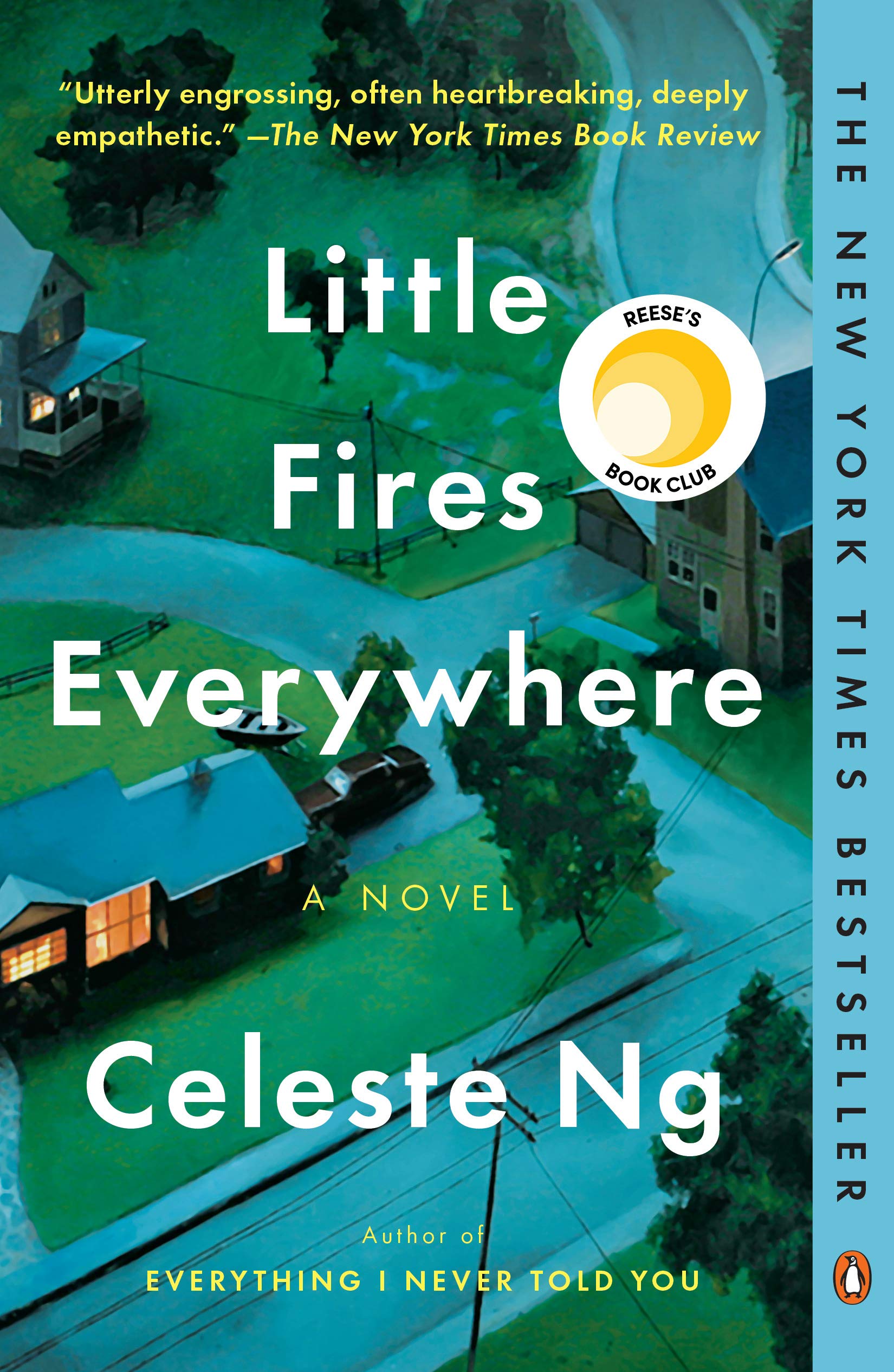Hurricane Dorian devastated the northwestern Bahamas and has unleashed heavy rain, strong winds, storm surge, and tornadoes as it has tracked along the East Coast. While the Atlantic hurricane season officially runs from June to November, the peak of the season is now—from mid-August to late October.
With September being National Preparedness Month, Americans can take action to promote emergency planning and disaster relief in the event of hurricanes, wildfires, and floods, which have caused an estimated $414.4 billion in damage across the U.S. from 2013 to 2018, according to data from the National Oceanic and Atmospheric Administration. As natural disasters become more frequent and destructive, it’s important that community associations adopt a comprehensive plan to prepare, respond, and recover from these extreme weather events.
Community association residents and leaders also should be aware that the Federal Emergency Management Agency does NOT reimburse community associations that remove debris from private roads. CAI strongly encourages board members and managers to review the guidelines for removing debris.
In addition, here are some guidelines to prepare your community against a natural disaster.
Hurricanes
- Gather supplies in an emergency kit to last at least three days, including food, water, flashlights, batteries, cash, first aid supplies, and medications. Also gather supplies for pets, if any, and store important documents.
- Bring inside loose, lightweight objects that could become projectiles in high winds (e.g., patio furniture, garbage cans) and anchor objects that would be unsafe to bring inside (e.g., propane tanks).
- Take refuge in a designated storm shelter or in a secure room inside your home that is windowless and not at risk of flooding.
- Cover windows with wooden panels or storm shutters.
- Document any property damage with photographs. Contact your insurance company for assistance.
Floods
- Know the types of flood risks in your area by visiting the Federal Emergency Management Agency’s Flood Map Service Center.
- Purchase or renew a flood insurance policy through the National Flood Insurance Program. Homeowner’s insurance policies do not cover flooding.
- Keep important documents in a waterproof container. Create password-protected digital copies.
- Protect your property. Move valuables to higher levels. Declutter drains and gutters. Install check valves and consider a sump pump with a battery.
- If trapped in your home, go to its highest level. Do not climb into a closed attic, as you may become trapped by rising floodwater. Go on the roof only if necessary and signal for help.
Wildfires
- Fireproof your home by covering outdoor vents, removing dry leaf and tree debris, mowing and watering lawns regularly, and using fire-resistant materials to make repairs or replacements.
- Keep fuel sources at least 100 feet away from your home.
- Keep important documents in a fireproof safe and make digital copies.
- Designate a room that can be closed off from outside air. Close all doors and windows. Set up a portable air cleaner to keep indoor pollution levels low when smoky conditions exist.
- Review insurance coverage to make sure it is enough to replace your property. Document damage with photographs.
For tips on how to make an emergency plan fit for your community association and prepare for other types of disasters, visit CAI’s Community Disaster Preparedness & Relief page and Ready.gov.
The post Be ready: How to prepare your community for a natural disaster appeared first on Ungated: Community Associations Institute Blog.











